
What Fuels Your Ideas?
Where do you get your inspiration? For me, it can something as simple as a “what if” question to…
July 16, 2017
Where do you get your inspiration? For me, it can something as simple as a “what if” question to…
July 16, 2017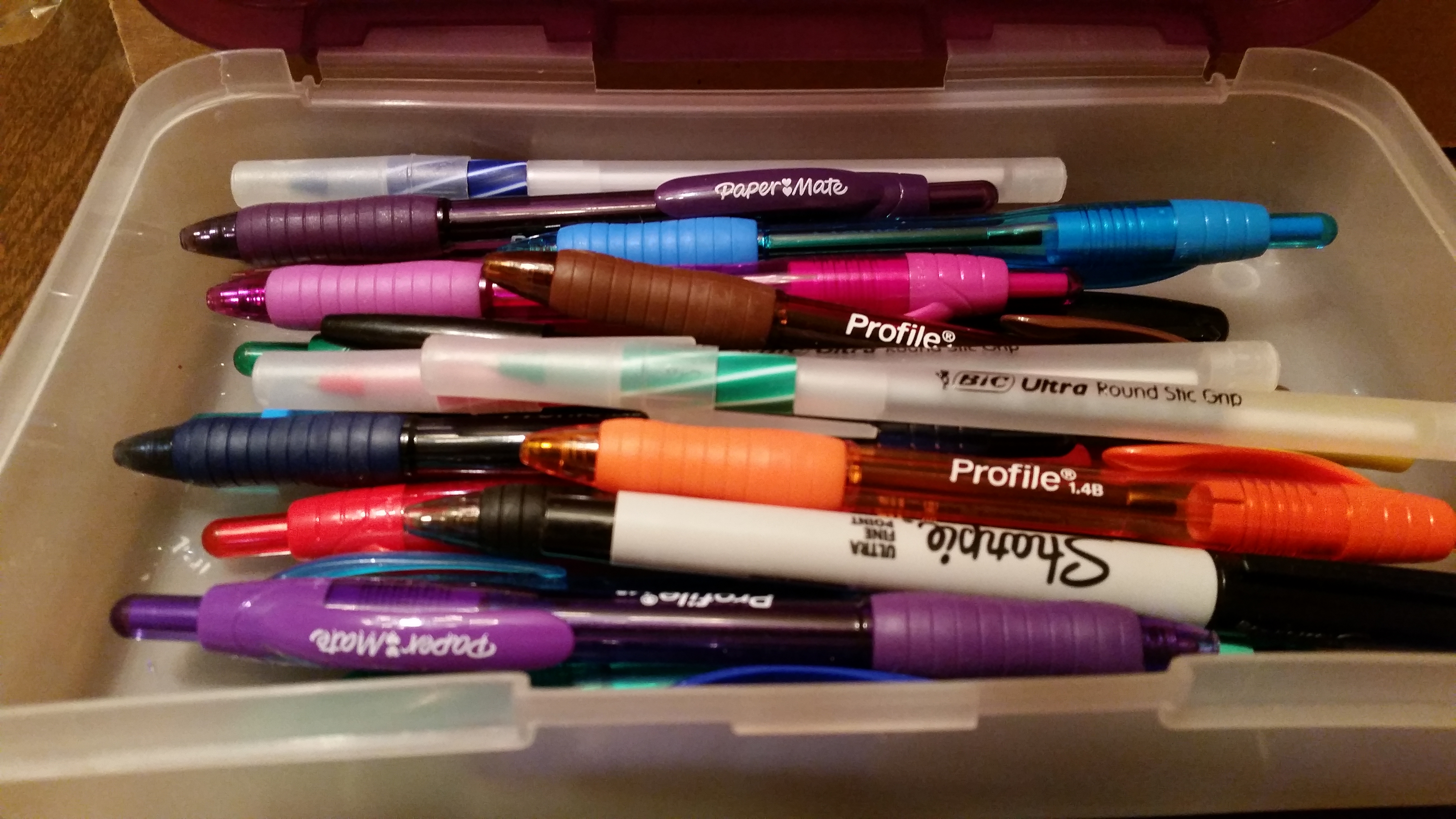
Characters with personality make your readers identify and care about them. There are several ways to determine what your…
June 22, 2017
In the beginning…in creating characters, we must begin at the beginning. We’ve talked about a three-word description, and basic…
May 22, 2017
Why is it that some characters stick in our minds? What is it about them that causes us identify…
April 22, 2017
Why is it that some characters stick in our minds? What is it about them that causes us identify…
March 22, 2017
As this series draws to a close, here are a couple practical exercises you can do at home to…
February 21, 2017
This time, we’re continuing our look at self-editing with tips from Self-Editing for Fiction Writers, by Browne and King.…
January 22, 2017We all want our manuscripts to be the best they can be. In the past, we’ve relied on unskilled…
December 22, 2016
Writers write because we love to use words, but let’s face it––even though we say we write for ourselves,…
November 22, 2016
Getting published traditionally is difficult. Small publishers are more likely to accept a manuscript from a previously unpublished author,…
October 28, 2016
Let’s get our manuscript “publish-ready.” Refer to last month’s post for my definition. This time, we’ll look at basic…
September 22, 2016
Last month, we talked about what “publish-ready” means. This time, we’ll look at basic proofreading. Spell check in Microsoft Word or whatever…
August 26, 2016
You hear it more and more these days. [bctt tweet=”Your manuscript must be “publish-ready” in order for it to…
July 8, 2016
We’ve been looking at crafting plot twists. #amwriting #plottwists [bctt tweet=”Create a jaw-dropping plot twist by convincing your reader…
June 10, 2016
Continuing our look at crafting a spectacular plot twist, this time we’ll look in detail at a couple of…
May 19, 2016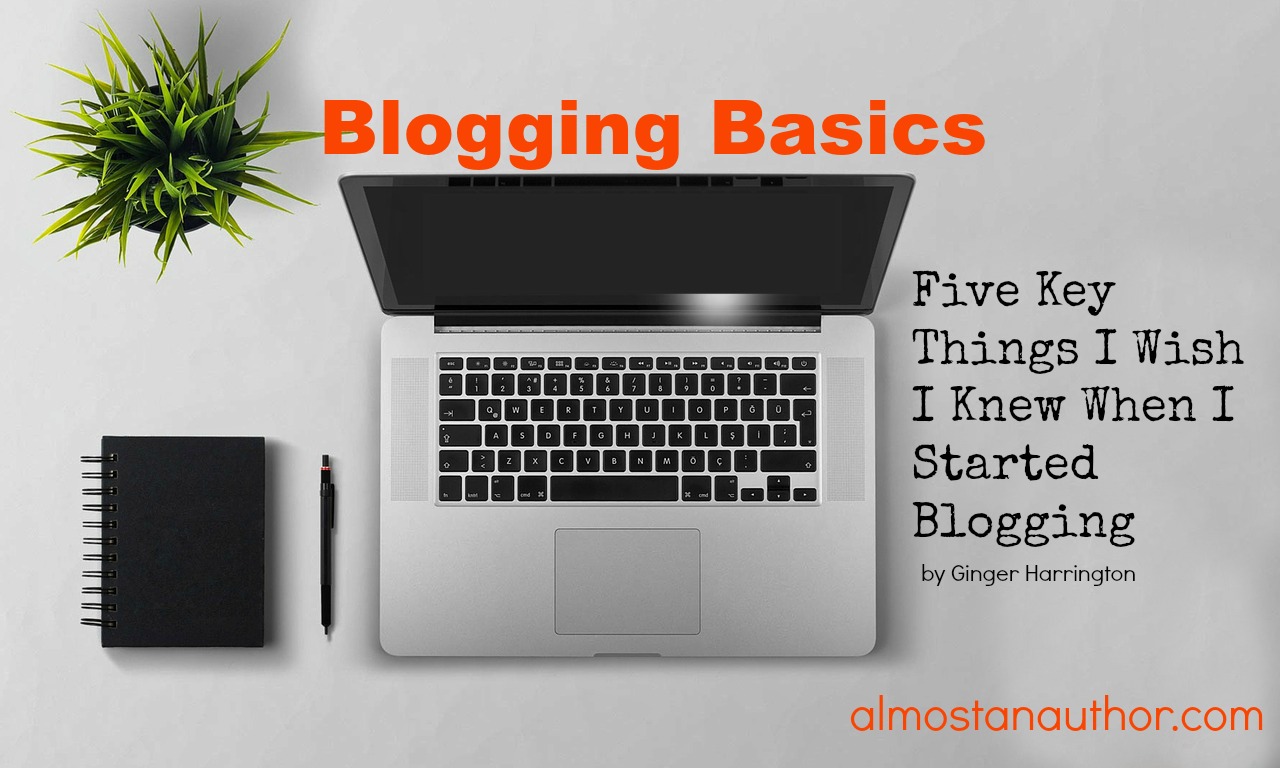
Beginning bloggers face a steep learning curve that can seem overwhelming. Because there’s so much to learn, it’s easy…
April 25, 2016
Last time we talked about all the elements needed to create a stunning plot twist. This time, we’ll talk…
April 23, 2016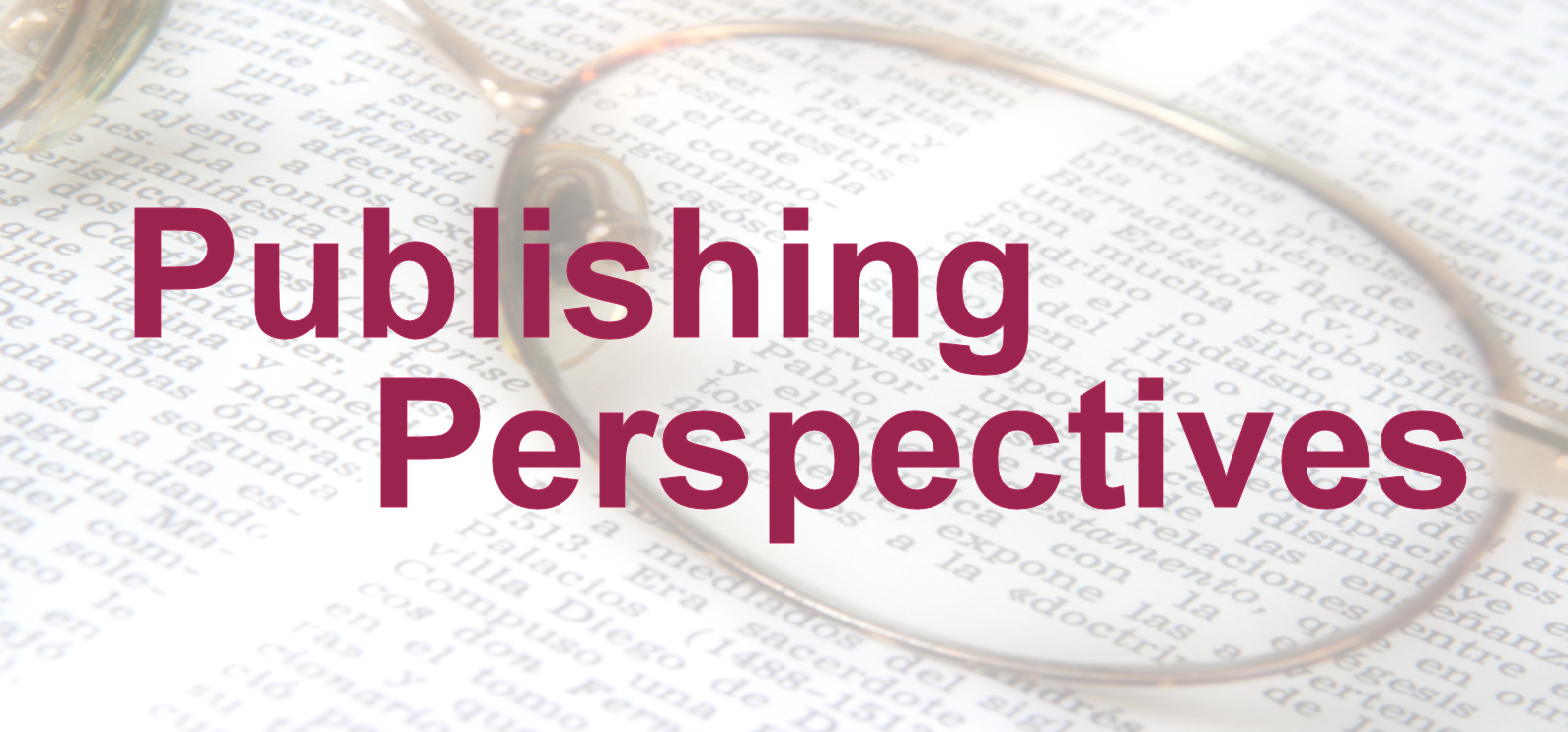
Have you ever looked at the category words on the back of a book, above (or below) the bar…
March 20, 2016
Plot Twists [bctt tweet=”Four elements to plot twists: 1) unexpected, 2) inevitable, 3) an escalation of what preceded it,…
March 11, 2016
Nearly two years ago, when I finished my Craftsman class with DiAnn Mills, she recommended I get a book entitled…
February 25, 2016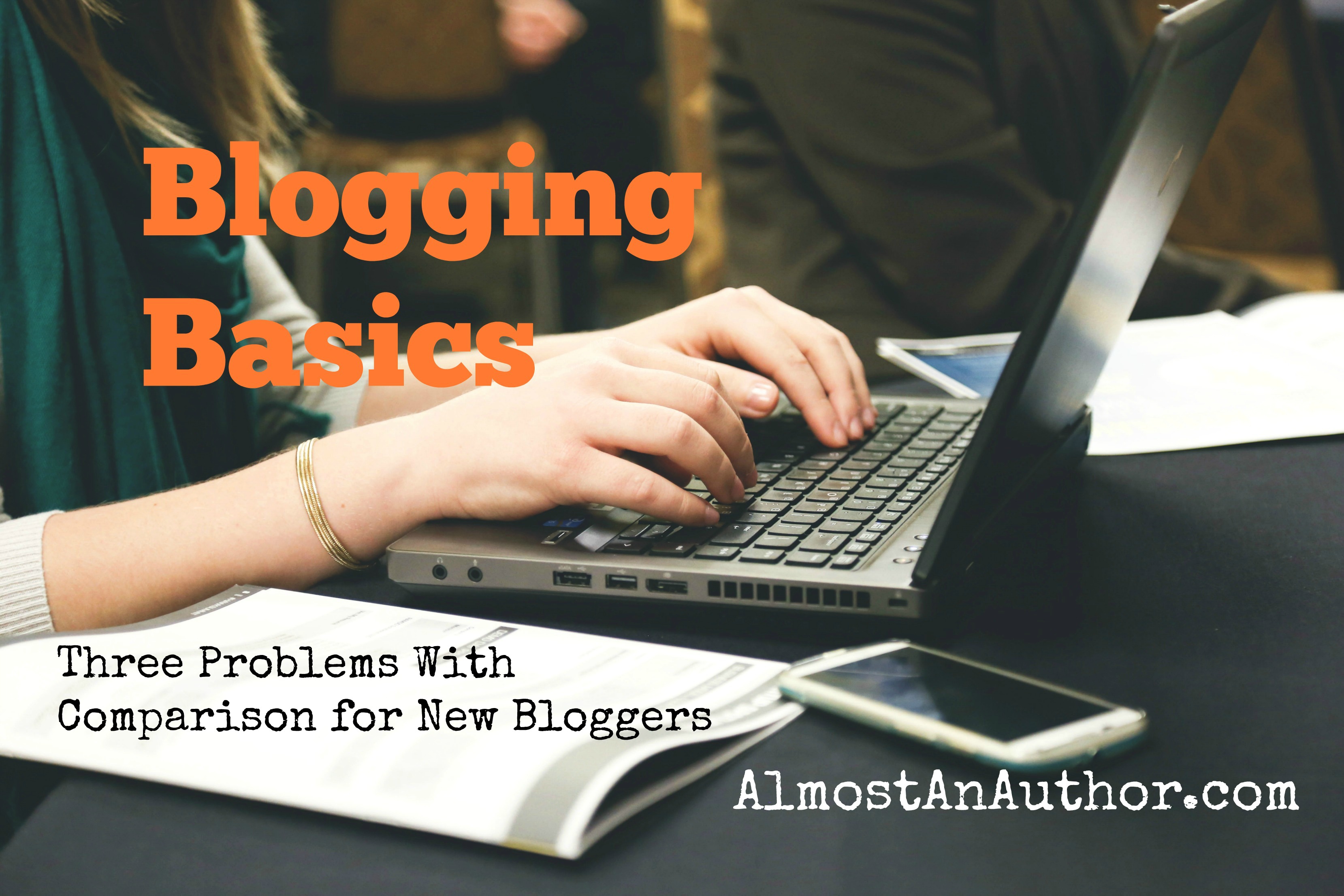
Particularly for new writers beginning the blogging journey, comparison can kill confidence and create problems. New bloggers often struggle with…
February 16, 2016
In last month’s column, I mentioned that an item of an Author’s Questionnaire from a publisher is the request…
February 3, 2016
The first part of this series examined the Query Letter. The second part looked at the synopsis. In this…
January 23, 2016
Most fiction starts out hot, then bogs down. How can you keep the fire in your fiction so that…
January 16, 2016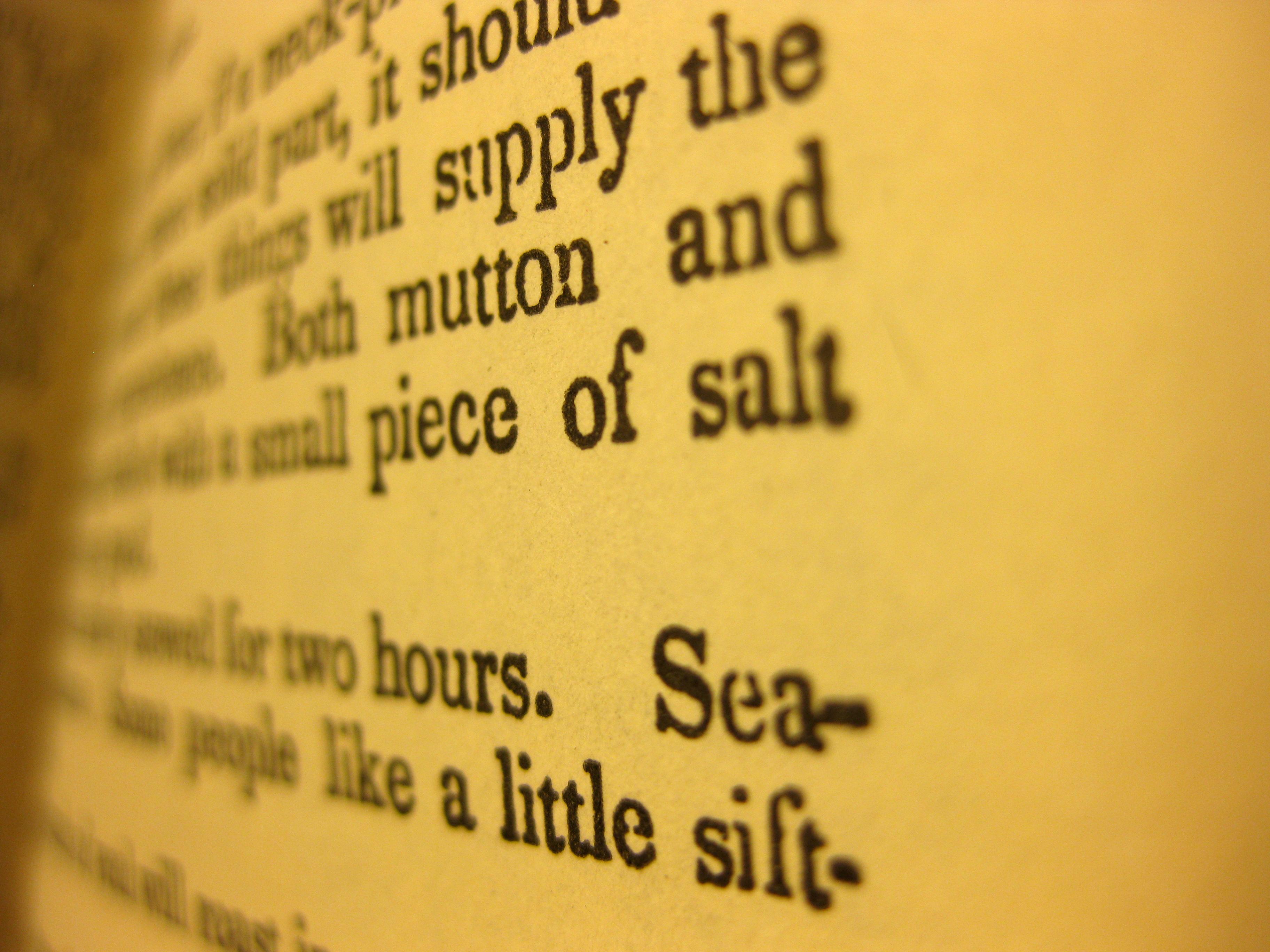
It’s time again for lessons from the editor’s desk. In addition to being a published author with Bethany…
December 30, 2015